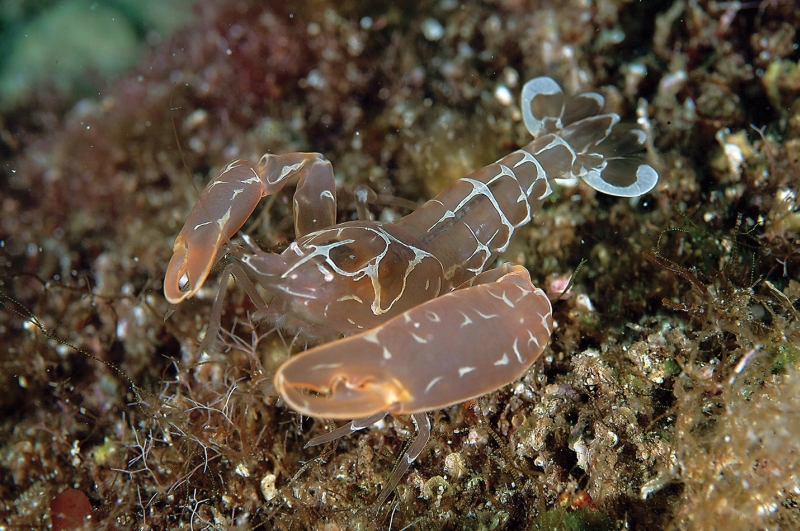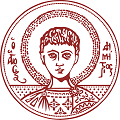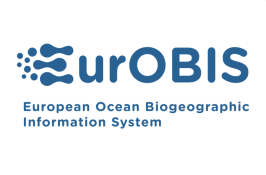Aristotle dealt with different aspects of the biology of marine animals in his zoological works, as demonstrated by the titles of those publications: History of animals (HA – a description of the observed diversity in animal structure, function and behaviour), Parts of Animals (PA – a detailed study of animal structure in relation to function), Movement of Animals (MA – a theoretical examination of the general mechanism of movement in animals), Progression of Animals (IA – a discussion of the inter- and intra-specific variability of animal parts used in movement) and Generation of Animals (GA – a thorough study on reproduction, embryology and development of animal characteristics).
In the first chapter of his History of Animals he says that animals differ from one another in their modes of subsistence (ecological niche), in their actions (functions), in their habits (behaviour) and in their parts (morphology). Thus, he gives a plethora of information on the structure and function, reproduction and development, habitat preferences, symbiotic relationships, feeding and predator-prey interactions, competition, and diseases of marine animals. All these different characteristics (and many more!) are today known as biological or ecological traits of organisms and play an increasingly important role in marine biodiversity research. Our understanding of biological and ecological traits has been hampered by a lack of consistency in terminology, and in some cases multiple definitions have been attached to the same trait, leading to confusion. To improve this situation, a specific traits-vocabulary has been developed for the marine environment, under the umbrella of the EMODnet Biology project. This traits vocabulary now provides a standardised backbone on which to document traits within the World Register of Marine Species (WoRMS).
Here we illustrate a number of the traits Aristotle studied and, where possible, we link these terms to the standardised marine traits vocabulary.
In terms of the habitat the aquatic animals (enydra) live in, Aristotle distinguishes those living in the sea (thalattia) from those in freshwater. He considers marine life as more diverse (polymorpha) than terrestrial life since the sea has more habitats to offer, consisting of water, of air and of earth. He notices the ability of the aquatic environment to accommodate sessile organisms (monima = resident) with sponges living attached to the rocks and sea anemones able to relocate and re-anchor themselves if needed. He also demonstrates a deep knowledge of the animals that he deals with explaining that oysters live in the mud, razor clams in the sand, limpets in the intertidal area, hermit crabs in gastropod shells, moray eels in rock crevices, groupers near the sea bed, and so on.
With regard to the anatomy of marine animals, he observes the segmentation of the body in decapod crustaceans and he points out its significance in the animals’ movement. He notes that while fish have gills, cetaceans have lungs and a blow-hole (avlos = pipe) connected to them.
Regarding reproduction, he introduces the discrimination of marine animals exactly as we do today into zōotoka (viviparous) and ōotoka (oviparous) groups. He also adds a third group in e.g. the cartilaginous fish (selachia), for those that are internally oviparous and externally viviparous (which is what we today know as ovoviviparous). For decapod crustaceans, cephalopods, fish, cetaceans, seals and others, Aristotle also describes their modes and seasons of reproduction.
Aristotle’s knowledge on the interactions between animals reveals a great deal of insight. He observes symbiotic relationships in the marine environment such as the association between pen shells and decapods; he notes that pen shells host either a shrimp or a crab which he names pinnophylax (=pinna guard) and he knows that several animals live and feed inside sponges. He mentions that tuna and swordfish are parasitized by copepods of the genus Caligus which he calls oestros (meaning ‘gadfly’) and that isopods of the family Cymothoidae, which he calls phtheir thalattia (meaning ‘sea lice’), are common fish parasites.

It was Aristotle who described the symbiotic association of the 2.5 cm small shrimp Pontonia pinnophylax living a hidden life within the pen shell Pinna nobilis. Photo: Stefano Guerrieri / Natura Mediterraneo
And for the present categorization of feeding types, we owe a lot to our ancient marine biologist. He established the feeding types we know today as suspension feeding (sea anemone), grazing (limpet), predation (octopus), and scavenging and characterizes some fish as omnivores (red mullet). In what could be considered a philosophical quote he summarized the predator-prey relationships by saying that “there is war between the larger and the lesser, for the big fish prey on the little ones”.
We should admire Aristotle’s tenacity in observing some species in such detail, when he comments on different behavioral traits of various organisms such as the octopus (change of colour), the lobster (hiding during moulting), the electric ray (hiding and paralyzing their prey), the anglerfish (use of their modified first dorsal fin rays as lure), the flying fish (flight), and the swordfish (jump). He discriminates marine animals into defensive animals (amyntika), such as the cuttlefish which uses its ink, and protective (phylaktika) ones, those having a protection mechanism like the sea-urchin. He states that animals that live and feed in the same place are in competition (polemos = war) and that under certain circumstances, intra-specific competition occurs. He uses monk seals as an example of animals that will fight to the death when there is not enough food.
It is worth mentioning that Aristotle’s direct reference to the use of animals by humans is scarce and incidental; he says, for example, that a species of sea urchin (Cidaris cidaris) was used in the therapy of dysuria. However, since many of the marine animals he reports were harvested, he frequently mentions the best seasons for fishing and the best places in which fish, lobsters, bivalves and sponges could be found. His limited information on this topic is in contrast with modern times: having an overview of commercially relevant species is indispensable both in managing the stocks of these species and in informing the public, e.g. “know what you eat”. In addition, an overview of threatened or introduced species is also of vital importance: both in relation to science and policy, this information is vitally important in the decision-making processes related to e.g. protection and management of species. To accommodate this need, several traits related to the importance of species to society are being documented and made available through the World Register of Marine Species and the EMODnet Biology project.

Plate dating from Aristotle's era (350-340 BC) depicting common edible species like a conger eel, a cuttlefish, a stingray, a squid and a seahorse. Museum of Cycladic Art in Athens, Greece. Photo: Ophelia / Wiki Commons.
References:
- Costello, M.J.; Claus, S.; Dekeyzer, S.; Vandepitte, L.; Ó Tuama, É.; Lear, D.; Tyler-Walters, H. (2015). Biological and ecological traits of marine species. PeerJ 3(e1201): 29 pp.
- Ganias K.; Mezarli, C.; Voultsiadou, E. (submitted). Aristotle as an ichthyologist. Aegean fish diversity 2400 years ago.
- Voultsiadou, E. (2008). Sponges: an historical survey of their knowledge in Greek antiquity. Journal of the Marine Biological Association UK 87: 1757-1763.
- Voultsiadou, E.; Vafidis, D. (2007). Marine invertebrate diversity in Aristotle’s zoology. Contributions to Zoology 76: 103-120.
- Voultsiadou, E. (2010). Therapeutic properties and uses of marine invertebrates in the ancient Greek world and early Byzantium. Journal of Ethnopharmacology 130: 237-247.











